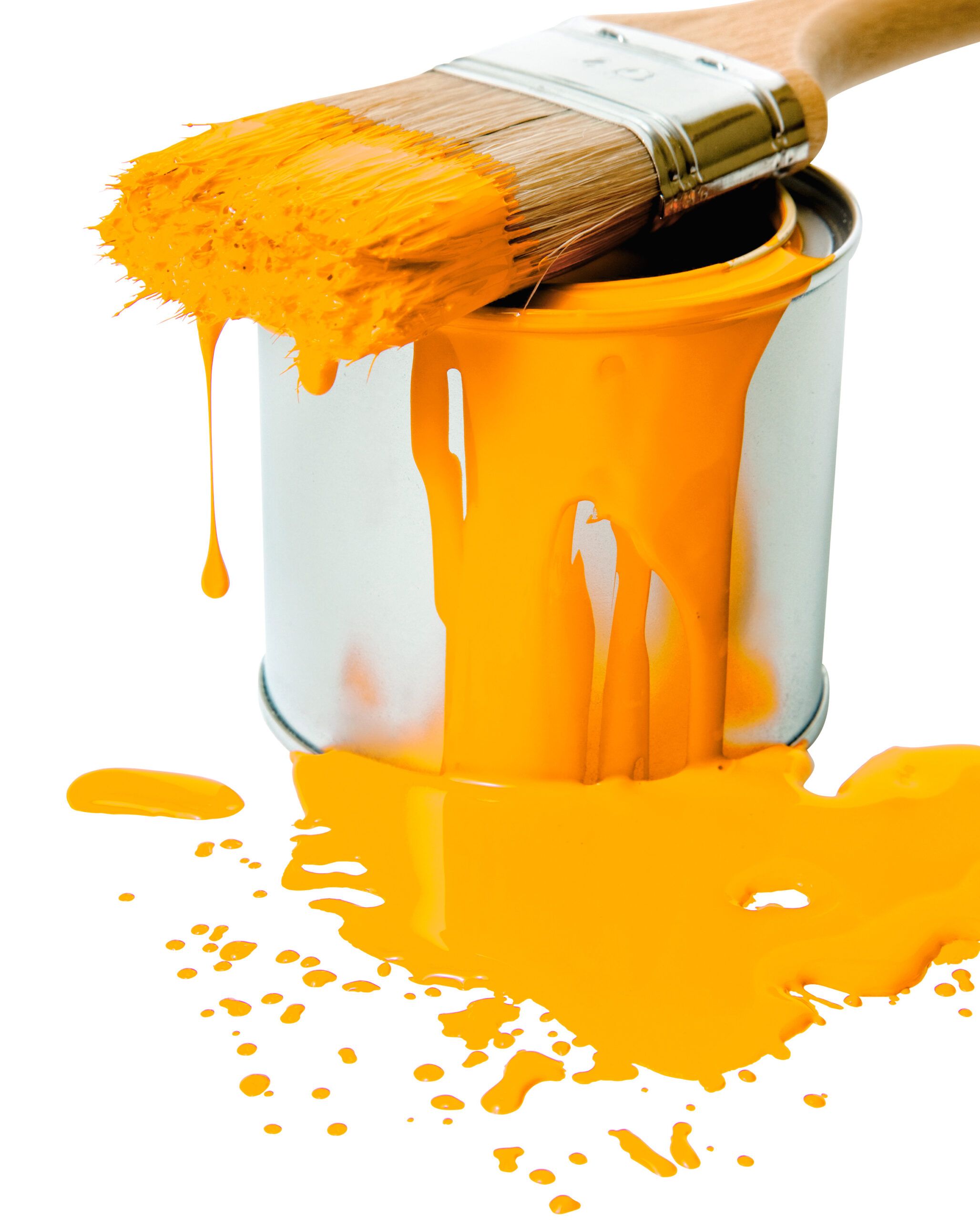Accidents happen, especially when it comes to home improvement projects. A paint spill can quickly turn your renovation dreams into a nightmare—but don’t panic. With the right approach and tools, you can effectively clean up paint spills from almost any surface.
In this guide, we’ll walk you through the steps to tackle paint spills, from immediate actions to advanced techniques for stubborn stains. We’ll cover various surfaces and paint types to help prepare you for any painting mishap.
Understanding Different Types of Paint Spills
Before we discuss cleanup methods, you’ll need to understand the different types of paint spills you might encounter. Each type of paint requires a specific approach for effective removal. Let’s explore the three main categories of paint spills and their characteristics.
Water-Based Paint Spills
Water-based paints, also known as latex paints, are the most common type used in homes. These paints are easier to clean when wet, making quick action crucial. They’re typically less toxic and have a milder odor than oil-based paints. Water-based paints can be cleaned with soap and water in most cases, especially if addressed promptly.
Oil-Based Paint Spills
Oil-based paints are more durable and often used for trim work or in high-moisture areas. However, they are more challenging to clean up and require solvents like mineral spirits or paint thinner. Oil-based paint spills tend to be stickier and have a stronger odor. They also take longer to dry, which can be both an advantage and a disadvantage during cleanup.
Spray Paint Spills
Spray paint spills are unique due to their fine, mist-like consistency. They can cover a larger area quickly and are often more difficult to contain. Spray paint tends to dry faster than brush-on paints, making immediate action all the more crucial. The cleanup method for spray paint depends on the surface affected and whether the paint is water-based or oil-based.
Essential Tools for Cleaning Paint Spills
Having the right tools on hand can make a significant difference in your paint spill cleanup efforts. Here are the essential items you should have in your cleanup arsenal.
Cleaning Solutions
For water-based paints, a mixture of warm water and dish soap is often sufficient. For oil-based paints, you’ll need mineral spirits or paint thinner. Keep rubbing alcohol on hand for stubborn stains. Always test cleaning solutions on an inconspicuous area first to ensure they won’t damage the surface.
Absorbent Materials
Paper towels, rags, and newspaper are excellent for soaking up wet paint. For larger spills, cat litter or sawdust can help absorb excess paint before cleanup.
Keep plenty of clean, dry cloths available for wiping and blotting.
Scraping and Scrubbing Tools
A plastic putty knife is essential for gently scraping up dried paint without damaging surfaces. For tougher jobs, a wire brush or steel wool may be necessary. An old toothbrush can be useful for cleaning grout lines and other small crevices.
Immediate Actions To Take after a Paint Spill
When a paint spill occurs, time is of the essence. Quick action can prevent the paint from spreading and make cleanup much easier. First, contain the spill using absorbent materials like rags or paper towels.
For larger spills, create a barrier with cardboard or cloth to prevent further spreading. If the spill is on a porous surface, blot the paint instead of wiping it to avoid pushing it deeper into the material. Remove as much excess paint as possible before it begins to dry.
How To Clean Paint off Various Surfaces
Different surfaces require specific cleaning approaches to effectively remove paint without causing damage. Here’s how to tackle paint spills on common household surfaces.
Carpet
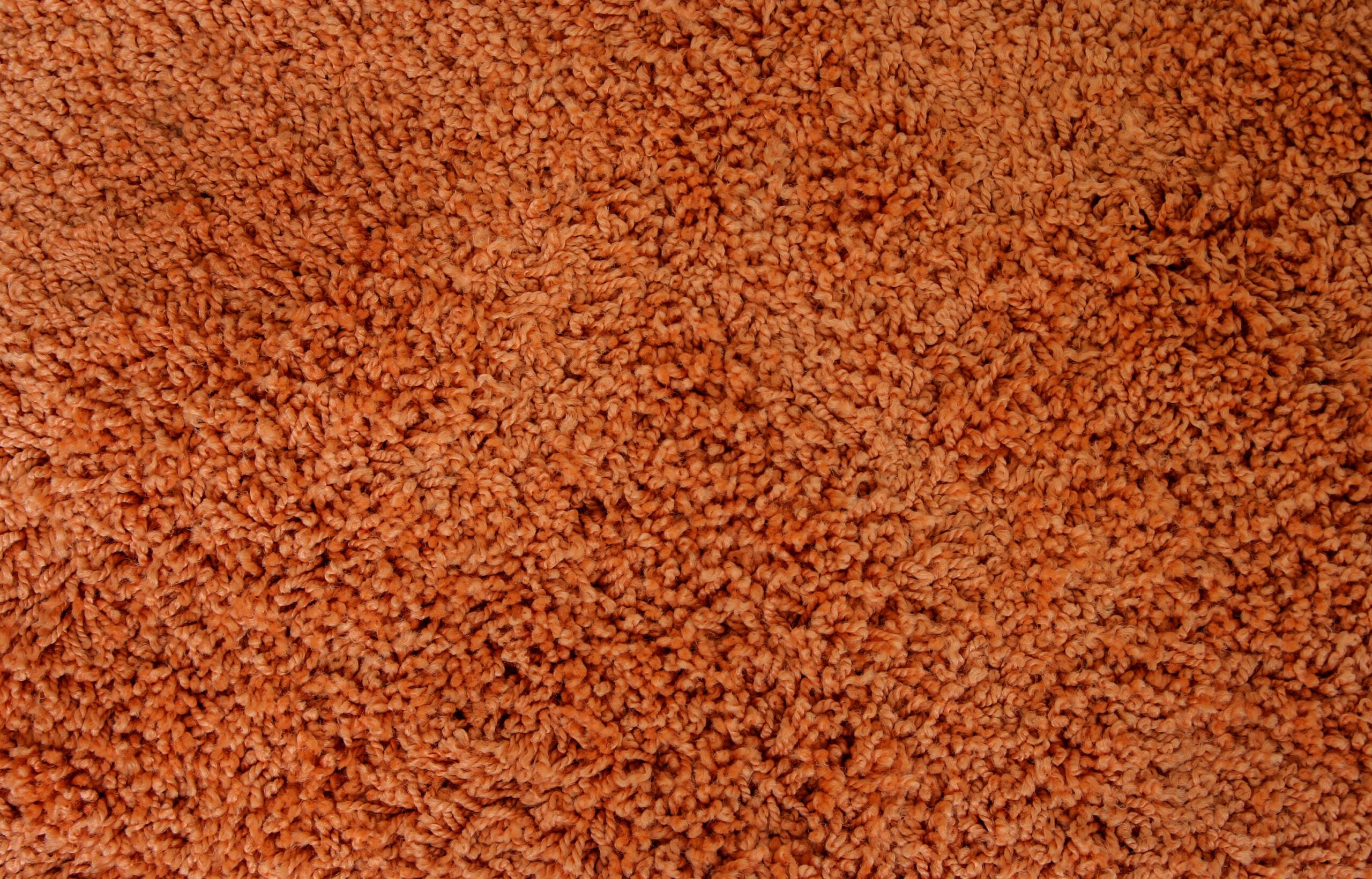
It won’t be easy, but with the right tools, removing paint from the carpet is doable. First, use a plastic putty knife to scoop up as much paint as possible. Next, mix a solution of warm water and dish soap (1 cup: ½ tsp.) in a spray bottle. Squirt the stain with the solution, then immediately run a wet/dry vac over the area; repeat until the paint is gone. Use a clean, dry rag to mop up any remaining moisture.
Wood
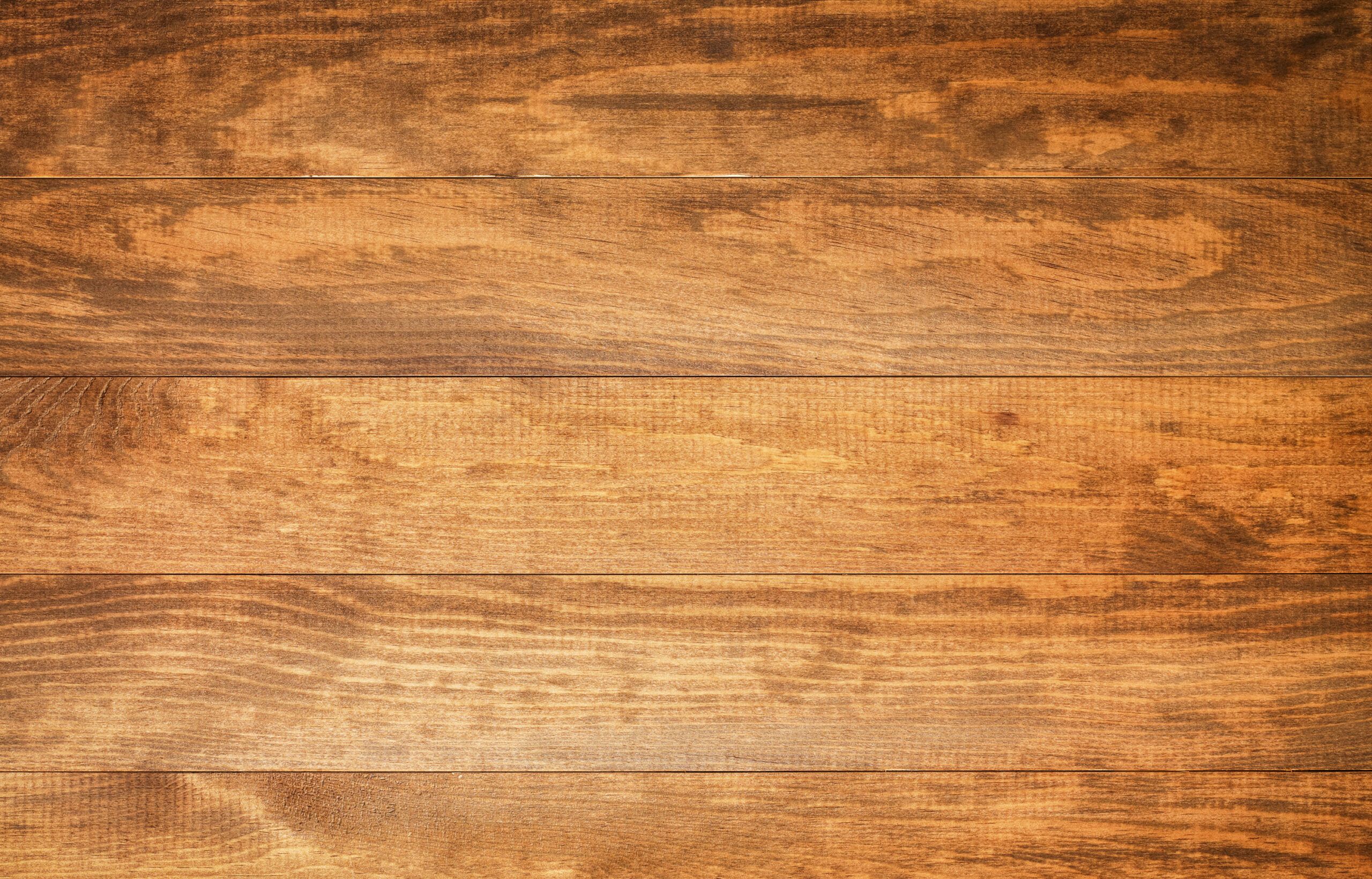
On sealed wood, confine the spill with pieces of absorbent material like cardboard or cloth. Use these to sop or pick up what you can, then finish with a wet sponge or rag. Untreated wood is trickier: Speed is key to keeping the paint from penetrating the grain. Remove paint using a clean, dry rag for each pass. Then, wet the area with rubbing alcohol and rub with yet another clean rag until all traces of paint are gone.
Concrete
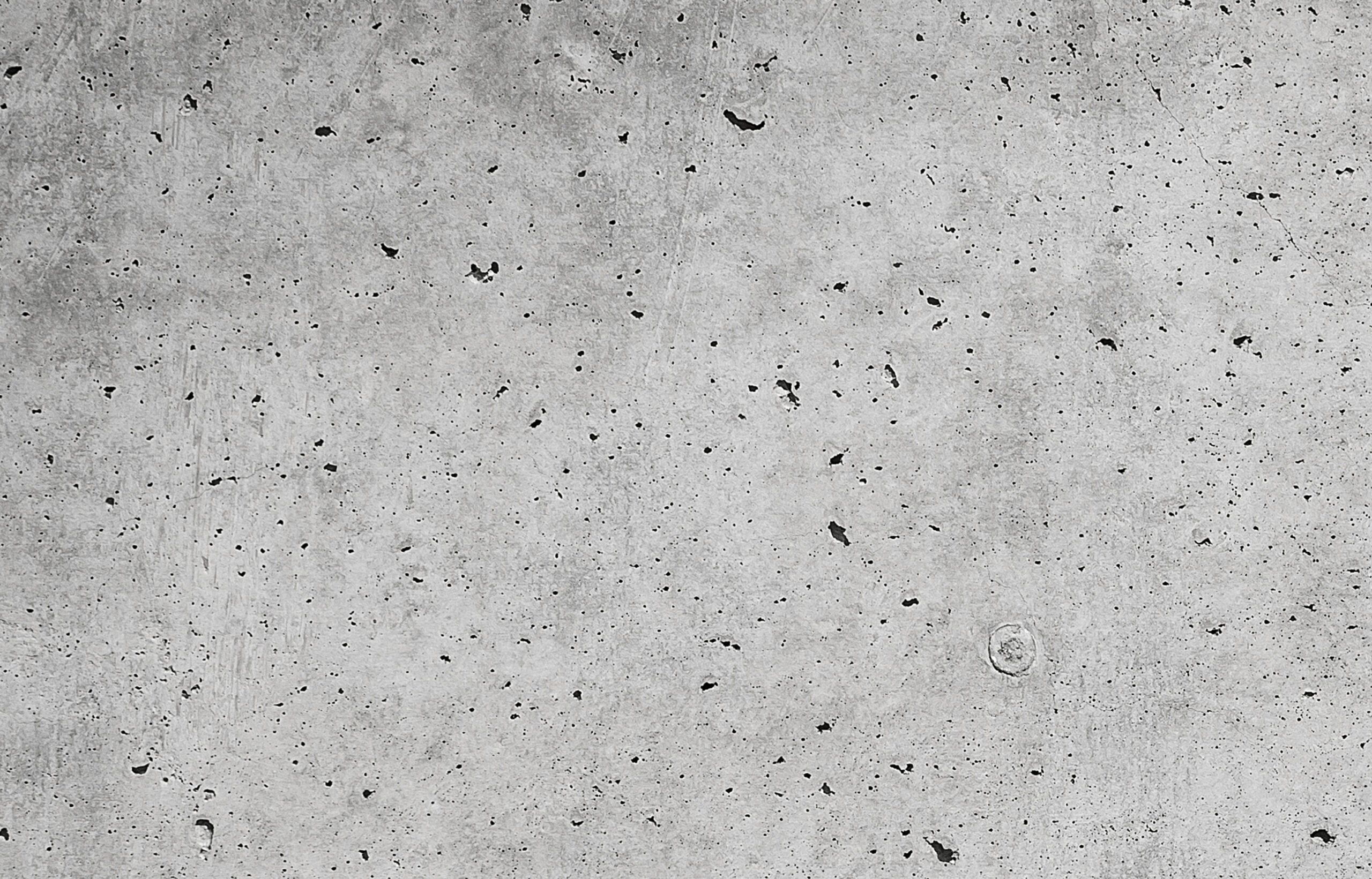
For concrete and masonry, wipe up everything you can using newspaper, paper towels, or rags. Then, scour with a nylon scrub brush to remove any paint clinging to the rough surface. Rinse with a bucket of water and repeat until clean. Going back over the area with a hose or pressure washer should completely erase the evidence.
Vinyl and Linoleum

Accidents are unplanned by definition, but if you’re going to stumble and knock over a can of paint, experts say vinyl is the best type of surface on which to do it. Most vinyl and linoleum floors come sealed with a protective clear coat, so it’s a matter of mopping up your spill with warm water and rags. Seams are the only places where color might linger, so give them special attention.
Tile
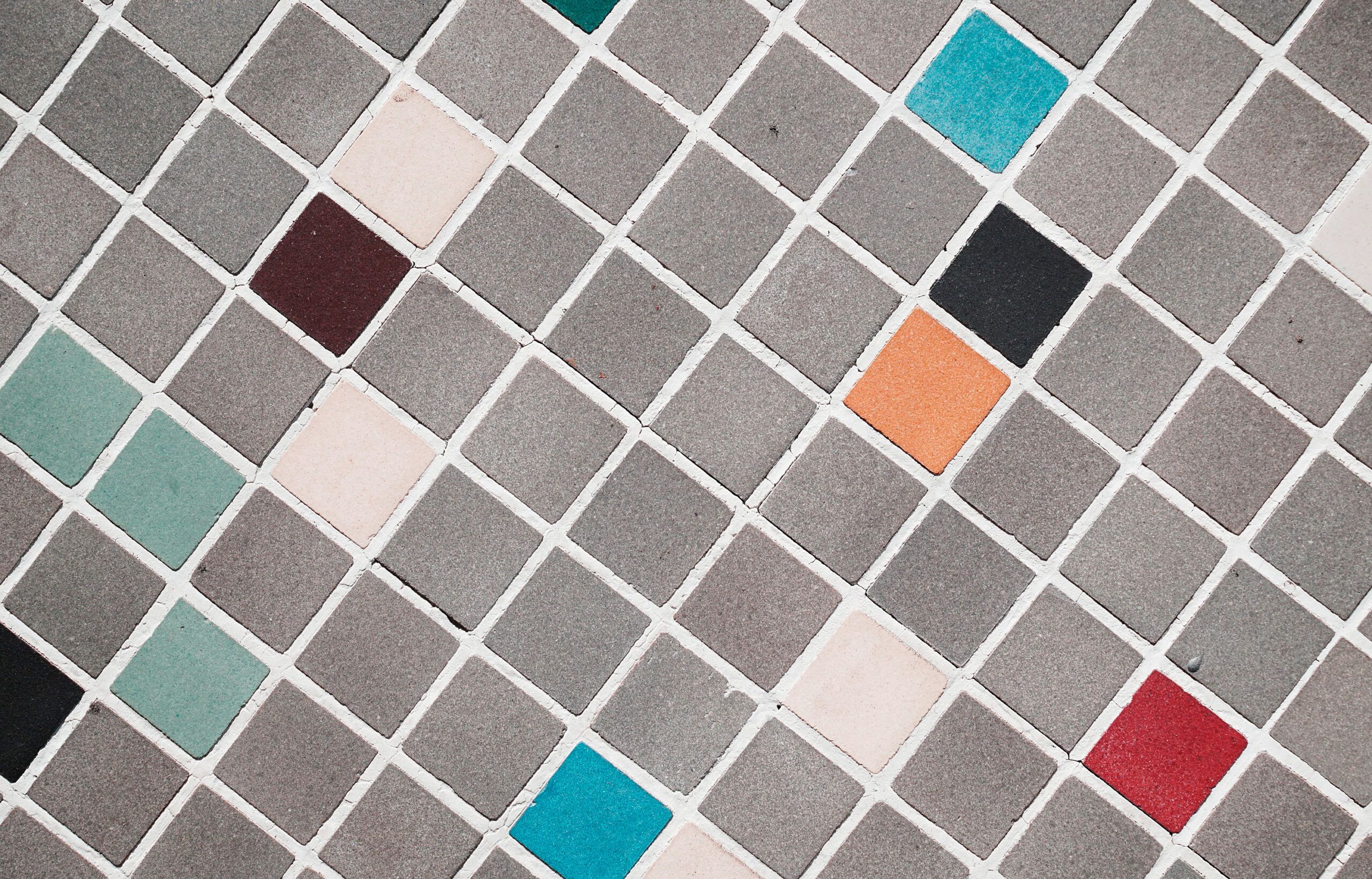
If you spill paint on tile or grout, do damage control as quickly as possible. Using warm water and rags, contain the spill to keep paint from flowing into the grout lines. (Don’t wipe inside the grout lines! You could press pigment into them.) After you’ve removed as much paint as you can, dip an old toothbrush in a solution of soap and water and scrub in the direction of the grout lines. Rinse with warm water, and repeat.
Advanced Techniques for Stubborn Paint Stains
Sometimes, despite your best efforts, paint stains may persist. In these cases, you might need to employ more advanced cleaning techniques, such as:
Chemical Paint Removers
Chemical paint removers can be effective for particularly stubborn paint stains. These products are available for both water-based and oil-based paints. Always follow the manufacturer’s instructions and use protective gear, such as safety glasses, when working with chemical removers. Test the product on a small, inconspicuous area first to ensure it won’t damage the surface.
Heat and Steam Methods
Heat can be an effective method for removing dried paint from some surfaces. A heat gun or hair dryer can soften dried paint, making it easier to scrape off. For fabric or upholstery, steam cleaning can help loosen paint stains. However, exercise caution when using heat, as it can damage certain materials or release harmful fumes from some types of paint.
Preventing Future Paint Spills
While knowing how to clean up paint spills is important, preventing them is even better. Here are some tips to help you avoid paint spills during your next project.
Proper Paint Storage
Store paint cans in a cool, dry place away from direct sunlight. Ensure you’ve sealed the lids tightly to prevent spills and keep the paint fresh. Place paint cans on a stable surface where they’re less likely to be knocked over.
Using Drop Cloths and Protective Gear
Before starting any painting project, cover floors and furniture with drop cloths or plastic sheeting. Wear old clothes or protective coveralls to avoid ruining your clothing. Use painter’s tape to protect trim and other areas you don’t want to paint.
Safe Painting Practices
When painting, don’t overload your brush or roller. Doing so can lead to drips and spills. Use a paint roller that is appropriate for your surface and paint type. Pour paint into a smaller container for easier handling rather than working directly from the can. Always use a secure ladder or scaffolding when painting at heights.
Spilled Paint: When To Call a Professional
While you can DIY most paint spills, some situations may require professional help. If you’re dealing with a large spill, especially of oil-based paint, or if the paint has dried on a delicate surface like antique wood or expensive carpeting, it’s best to consult a professional cleaning service. They have specialized equipment and expertise to handle tough stains without damaging surfaces.
Disposing of Paint and Cleaning Materials Safely
Proper disposal of paint and cleaning materials is critical for environmental safety. Never pour paint or solvents down drains or onto the ground.
For water-based paints, allow leftovers to dry completely before disposing of them.
Dispose of oil-based paints and solvents by taking them to a local hazardous waste collector.
Check with your local waste management authority for specific guidelines in your area.
Paint Spill: Our Conclusion
Paint spills can seem daunting, but with quick action and thepropert techniques, you can quickly and effectively clean up most messes.
Remember that different surfaces and paint types require specific approaches, so always assess the situation before cleaning. Keep essential tools on hand, and don’t hesitate to call a professional for large or particularly challenging spills.
Thanks to: Mauro Henrique, Mauro’s Painting; Jerry Bennett, Strosnider’s Hardware.
